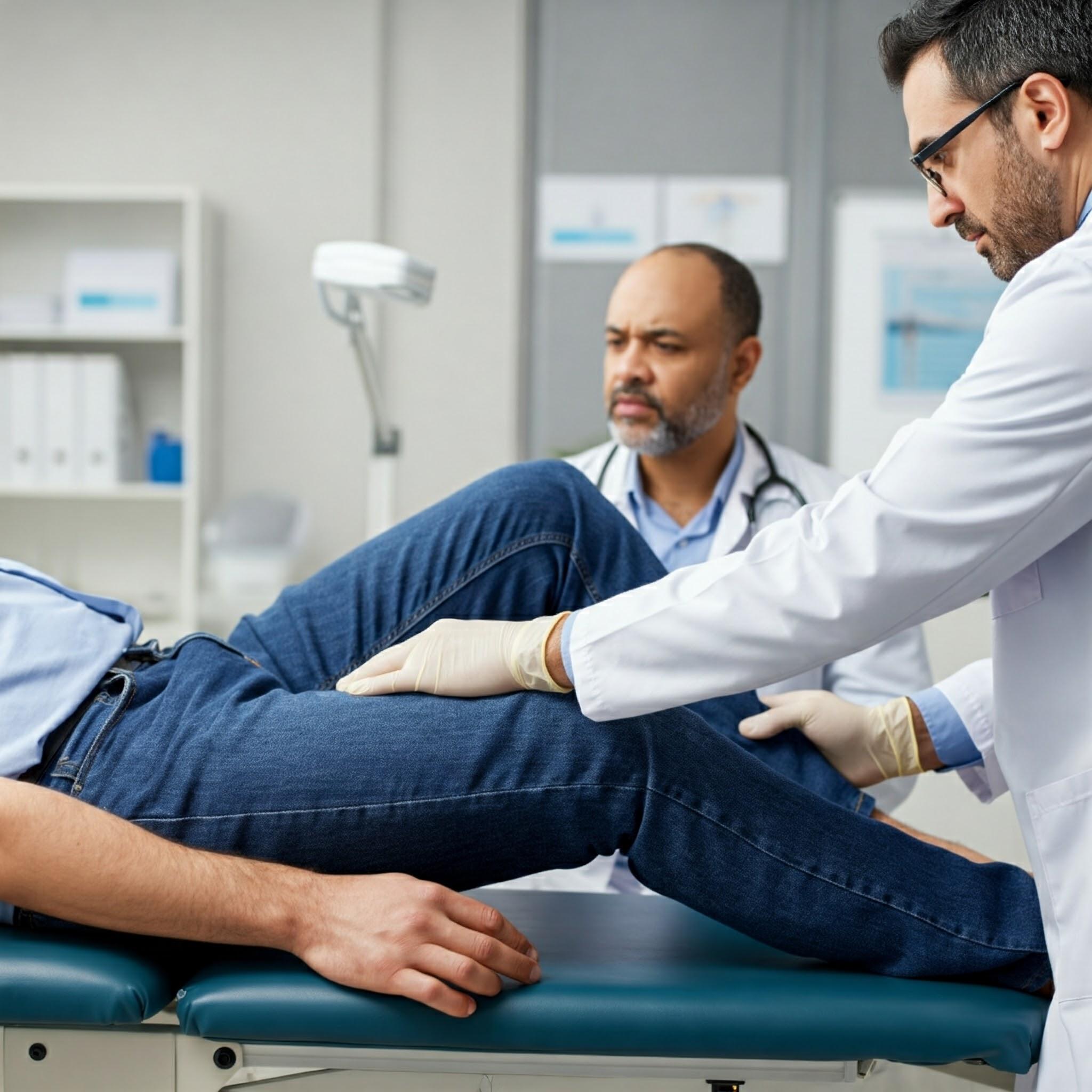Behind the Scalpel: How Orthopedic Surgeons Help People Regain Mobility and Confidence After Injury or Disease

When joints ache, bones break, or mobility becomes a daily struggle, it’s often an orthopedic surgeon who steps in to help people get back on their feet—literally and figuratively. These specialists focus on diagnosing and treating conditions related to the musculoskeletal system: bones, joints, ligaments, tendons, and muscles.
Orthopedic surgeons do more than operate—they restore function, reduce pain, and improve quality of life. From athletes with torn ligaments to seniors with arthritis or hip fractures, these medical professionals play a vital role in keeping lives active and pain-free.
What Is an Orthopedic Surgeon?
An orthopedic surgeon is a medical doctor who specializes in diagnosing, treating, preventing, and rehabilitating disorders of the musculoskeletal system. While surgery is part of their toolkit, many treatment plans include non-surgical methods like physical therapy, bracing, injections, or medication.
Orthopedic surgeons work with patients of all ages and walks of life, from newborns with congenital bone conditions to adults suffering from repetitive strain or traumatic injuries.
Areas of Focus in Orthopedic Surgery
1. Joint Replacement and Reconstruction
When joints like the hip, knee, or shoulder are damaged from injury or arthritis, orthopedic surgeons may recommend joint replacement. These surgeries remove worn-out cartilage and bone, replacing them with artificial parts that restore movement and reduce pain.
2. Sports Medicine
Athletes are prone to injuries such as ACL tears, rotator cuff damage, or dislocations. Orthopedic surgeons who specialize in sports medicine help patients recover and safely return to activity using both surgical and non-surgical approaches.
3. Spine Surgery
Back and neck issues—like herniated discs, spinal stenosis, or scoliosis—often require expert intervention. Orthopedic spine surgeons treat these conditions using minimally invasive or open procedures, aiming to relieve pain and restore spinal alignment.
4. Pediatric Orthopedics
Children face unique orthopedic challenges such as limb deformities, growth disorders, or clubfoot. Pediatric orthopedic surgeons provide care tailored to growing bodies, helping kids lead active and healthy lives.
5. Trauma and Fracture Care
From road accidents to workplace injuries, trauma can lead to complex fractures. Orthopedic trauma surgeons handle these emergencies with precision, using screws, rods, or plates to realign and stabilize broken bones.
The Surgical Process: From Diagnosis to Recovery
The journey with an orthopedic surgeon typically begins with a physical examination and diagnostic imaging such as X-rays, MRIs, or CT scans. After understanding the issue, the surgeon outlines the best course of treatment, which may or may not include surgery.
If surgery is needed, patients are guided through pre-operative instructions, followed by the operation itself. Post-surgical care often includes physical therapy, home exercises, and regular follow-ups to ensure recovery is on track.
Qualities That Define a Skilled Orthopedic Surgeon
Beyond surgical skills, orthopedic surgeons are known for their ability to listen, assess lifestyle needs, and recommend personalized care plans. Many orthopedic conditions are long-term, so the relationship between patient and surgeon often spans months or even years.
Traits such as empathy, patience, and communication are just as vital as technical expertise. The best surgeons not only heal injuries but also help people rebuild their confidence and independence.
Innovations in Orthopedic Surgery
Modern orthopedic care is constantly evolving thanks to technological breakthroughs. Some notable advances include:
-
Robotic-Assisted Surgery: Offers increased precision for joint replacements, minimizing tissue damage and speeding up recovery.
-
Minimally Invasive Techniques: Reduce pain, scarring, and hospital stays by using smaller incisions and faster procedures.
-
3D-Printed Implants: Custom-made devices that better match a patient’s anatomy, improving comfort and long-term outcomes.
-
Biologics: Treatments like stem cell therapy and platelet-rich plasma (PRP) are used to accelerate healing and reduce inflammation.
These advancements are allowing patients to return to daily life more quickly and with better long-term results.
When to See an Orthopedic Surgeon
People often delay seeing a specialist, assuming the pain will go away. However, early diagnosis can prevent long-term damage. Some signs it’s time to consult an orthopedic surgeon include:
-
Persistent joint or muscle pain
-
Difficulty walking, bending, or lifting
-
Joint swelling, instability, or locking
-
Sports-related injuries that don’t heal
-
Chronic back or neck pain
-
Traumatic injuries or fractures
An orthopedic surgeon can evaluate these symptoms and recommend the right steps toward recovery.
Final Thoughts: Movement Is Life—and Orthopedic Surgeons Help Restore It
Whether it’s helping a young athlete recover from a torn ligament, replacing a worn-out hip, or correcting a childhood bone condition, orthopedic surgeons are the hidden heroes behind every movement regained. Their work combines science, skill, and compassion to help people live fuller, more mobile lives.
With each surgery or treatment plan, orthopedic surgeons do more than fix bones—they restore function, hope, and the simple joy of movement.







